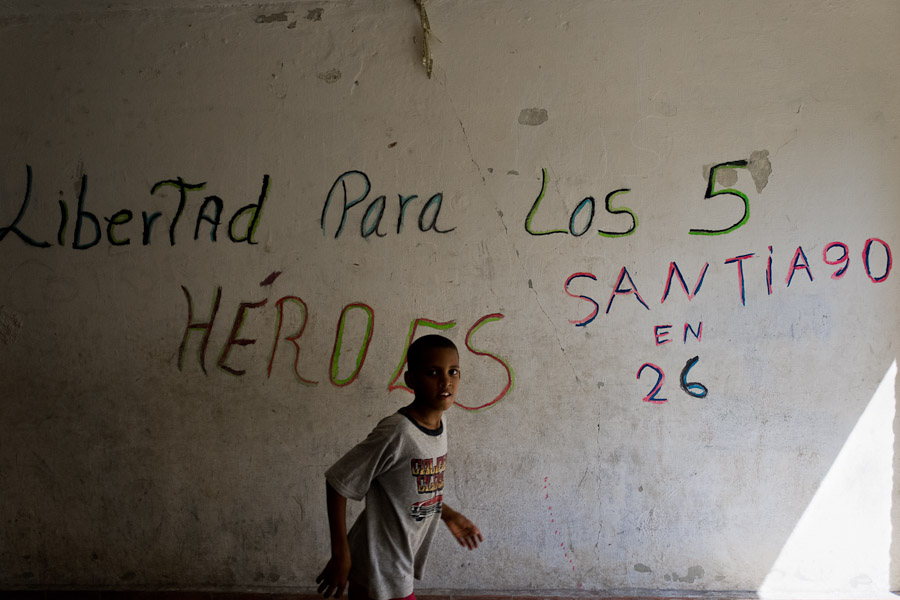
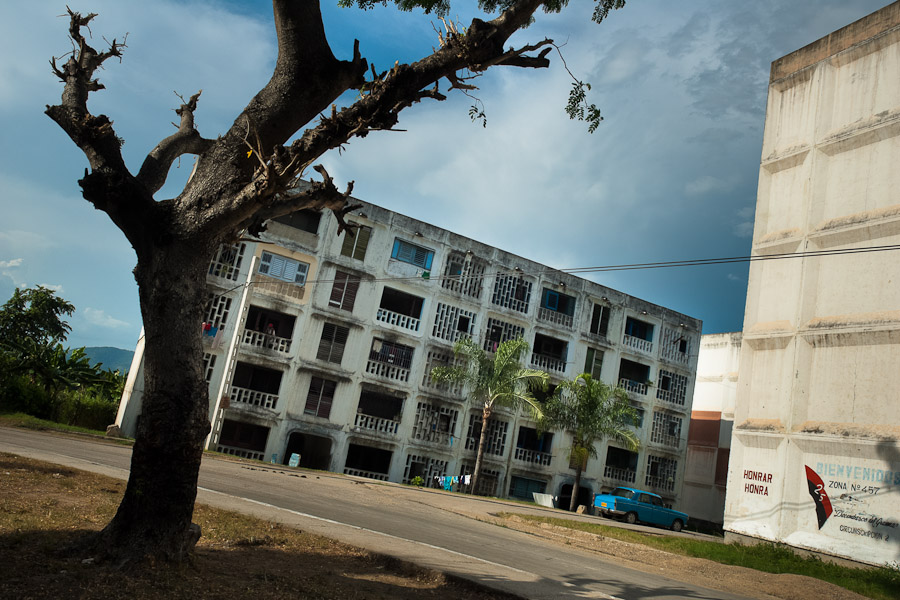
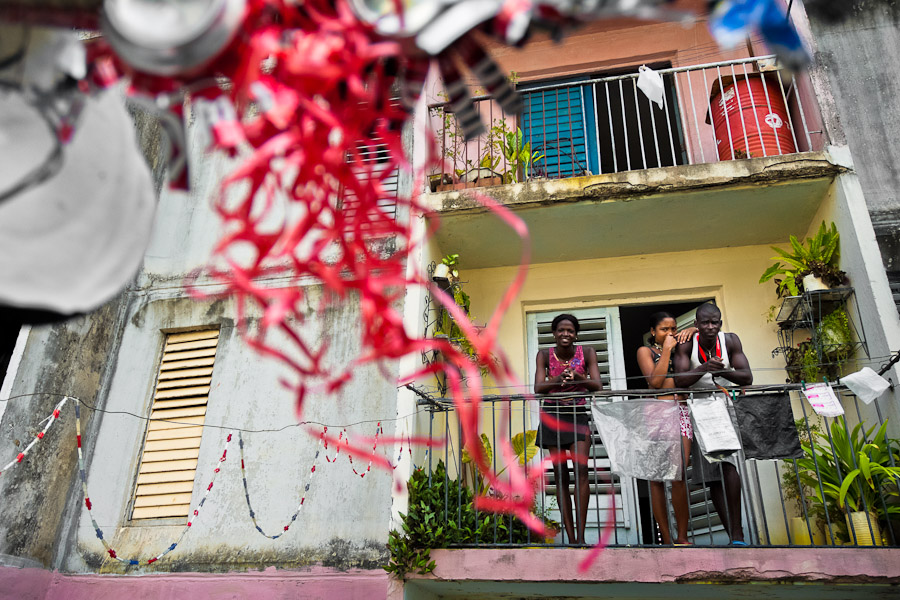
Suburbia: Public housing in Cuba, I.
Santiago de Cuba, Cuba – 2008-2011
The Cuban revolution in 1959, followed by the economic transformation (from a market economy into a centrally planned economy), has changed the housing status in Cuba from a consumer commodity into a social right. In 1970s, to overcome the serious housing shortage and to meet people's housing demands, the Cuban state took over the Soviet Union concept of social housing and town planning principles. Using prefabricated panel factories, donated to Cuba by Soviets, huge public housing complexes (e.g. Alamar hosts over 100,000 people) have risen in the outskirts of Cuban towns. Although these mass housing settlements provided habitation to many families, they often lack infrastructure, culture, shops, services and well-maintained public spaces. Many local residents, inhabiting these concrete apartment blocks called “Russian buildings”, have no feeling of belonging and inspite of living on a tropical island they claim to be “living in Siberia”.

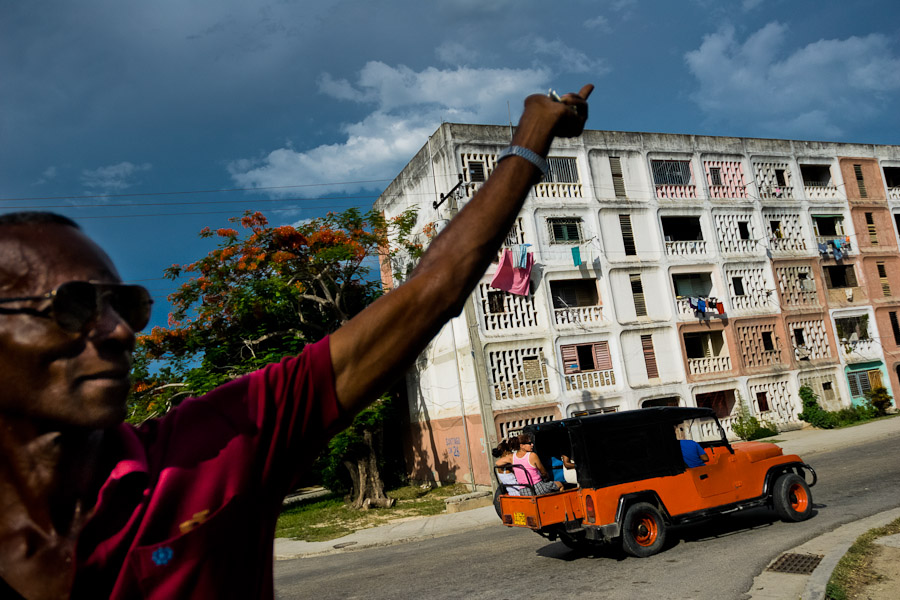
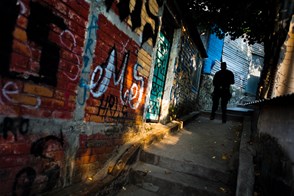
no comments yet